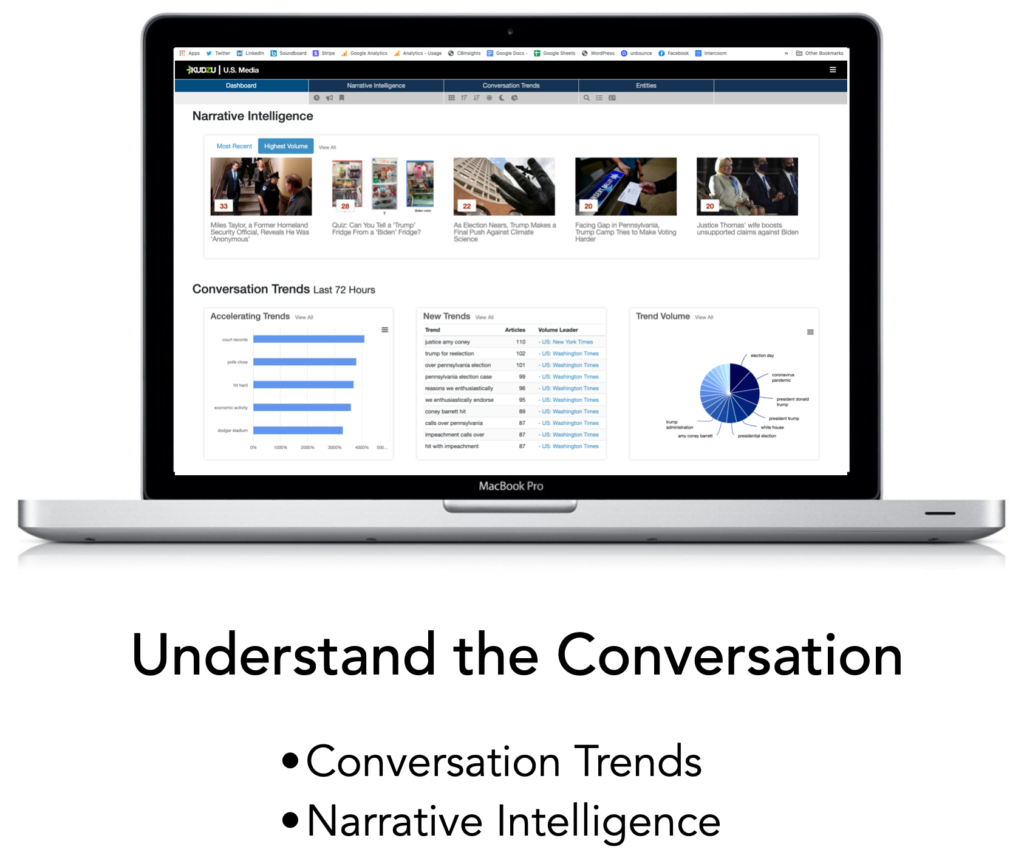
Wouldn’t it be nice to know what our customers are thinking? To know exactly what they want? To get a firm grasp of how they feel about your product or your brand? This is why social sentiment analysis has risen in prevalence. But it's not perfect. There are some issues.
Social sentiment analysis is a specific form of social listening. It purports to analyze and describe how people react to a brand, product, or even an idea. By monitoring the interactions on social posts, one should be able to get a feel for how people are responding to your brand.
At first glance, the prospect seems like a wonderful idea.
Social sentiment analysis is, basically, a tool that counts positive and negative keywords. If there are “more negative keywords” then the overall tone of the piece is negative. Simple enough, right?
For example, reviews of a restaurant might be labeled like this:
Here's the rub: to measure how your brand or business is perceived online means that an algorithm is expected to decipher one of the most complex and capricious codes ever invented - human language.
If you’ve ever used a social listening or social monitoring tool to analyze sentiment, then you’re familiar with the inaccuracies that afflict all of these tools - from incorrect tagging to skewed sentiment. The complexity of human language means there are lots of areas where sentiment may not be accurately detected:
It's unwise to assume that smart algorithms and clever coding can effectively psychoanalyze a real narrative. It might be even crazier to assume that those algorithms can pick through thousands of different dialects and acronyms to get an accurate depiction of how a brand is being received. Here's the deal, thousands of people might use negative and positive words. But these words don’t necessarily have the same meaning to everyone.
And machines just don’t get it.
When machines try to mimic humans' online interactions, it all goes well until the most important obstacle of all. Humor. Machines don’t understand irony. Even the most sophisticated AI struggles with the concept of friendly insults and ridicule. Yet, this is what we do on social media.
Read through your feeds, or your notifications. Do your own quick social sentiment analysis.
If software scanned through the comments and posts on your feed without a fluent sense of irony, how would they fare? How would the message be received and understood?
Humans understand humans.
And, while social sentiment analysis tools are helpful to an extent, they are best used as a support mechanism. To get a better feel for how people are responding, you need to be able to monitor and analyze unbiased content. You need to understand the full context of a conversation before you can effectively participate in the conversation.
Conversation can be your biggest asset or if used incorrectly or misunderstood, your greatest liability. Conversation wins business, elections, and wars. EdgeTheory products and systems help our customers understand conversations in complex social ecosystems.
At the core of these capabilities is an extensive technology EdgeTheory has developed that we call atomization. By atomizing millions of media sources and conversations, we derive narrative intelligence that helps businesses and organizations better understand the conversations that shape their worlds and participate in them in ways that advance their business and their mission.

To understand the conversation, our product Kudzu consumes large amounts of publicly-available information (PAI). Kudzu delivers rich narrative intelligence that includes conversation trends and narrative amplification detection. Customers can see what’s being talked about, who’s doing the talking, and how networks of influencers are amplifying narratives.
Two key features of Kudzu are:
Would you like an unbiased view of the conversations that shape your world? Reach out for a free demo.